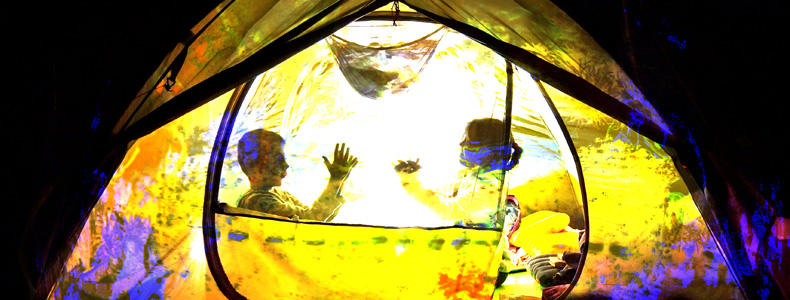Temperatures are warm and the days are long in the summer. Many families enjoy camping outdoors during this time. In fact, more than 41 million Americans went camping in 2019.1 How can you keep your most vulnerable family members — your kids — safe while camping?
We’ll explore ways to plan a safe trip, anticipate emergencies, and keep your youngest family members safe in this article.
Plan Ahead
When it comes to spending time in the great outdoors, it’s best to plan ahead for any possibility. Make sure you leave room for the essentials when packing for your trip. Leave space in your luggage for items like blankets and extra layers of clothing. Depending on the area you will be camping in, nighttime temperatures may be surprisingly low even in the summer. Pack comfortable, weather- and terrain-appropriate shoes, basic first aid supplies, sunscreen, and condition-appropriate clothing that protects you from the sun. And of course, don’t forget food and water.
During your planning process, have a conversation with your kids about what they can expect while camping and where they’re going. If you are going to a planned campsite, show them where the family will be staying on a map. Make sure they know who they can turn to if they need help and their caregiver isn’t nearby.
Talk About Emergencies
It can be terrifying for both the child and the caregiver if a child wanders off and gets lost in the woods. To prevent incidents like this from happening, make sure your children know to ask for permission to go exploring. Ensure they know never to go off on their own.2 Set clear expectations. Consider designating a specific area for them to play in or explore near the family campsite. Give them concrete time limits to play in that area before you expect them back at the site.
Make sure children understand the importance of staying on the trail, paying attention to their surroundings, how to spot landmarks along the way, and how to communicate with others. Emphasize following pre-set walking or hiking trails. Ensure they know never to stray off trails into the brush. Teach them to stay calm if they do get lost. Demonstrate how to send a loud signal so they can be found more easily. It may help to provide them with a flashlight, whistle, or walkie-talkie to stay in communication with family and other adults.2
Keep Protected
There’s more to staying safe in the woods than staying near the campsite. Physical protection means staying safe from the elements. These include plants and critters. Make sure children know how to identify poisonous plants, such as poison ivy or oak. Ensure they know never to ingest a plant, even if it looks harmless. Mosquitos and ticks are more than an annoyance. They can also carry diseases that negatively impact a person’s long-term health.
Illnesses like Lyme Disease, which are often passed by common types of ticks found in North America, can lead to lasting health complications if untreated. Bites from certain spiders such as the black widow or brown recluse may lead to a painful, potentially hazardous healing process. Mosquitoes often carry diseases such as West Nile virus in certain areas.3
Mosquitos, ticks, and spiders frequent areas children like to play in such as bushes, standing water, tall grass, and sand. Use insect repellant made for deep woods protection to prevent their bites. Check your child for ticks frequently throughout your trip. Remove them if you find one.3
Children should assume that all natural bodies of water carry some contamination, even if it looks clean. You may find it necessary to discourage them from drinking water they come across. Encourage them to instead carry bottled water or some method of purifying water on-the-go from natural sources.4
Emphasizing camping safety doesn’t have to come at the expense of having fun. Make sure you have a solid plan, talk to your children about what to do in emergencies, and equip them with the knowledge of what’s dangerous before camping. This can lead to an enjoyable time in nature.
Categories: Child Safety Ages 4-11, Tweens/Teen Safety, Vehicle/Travel Safety
